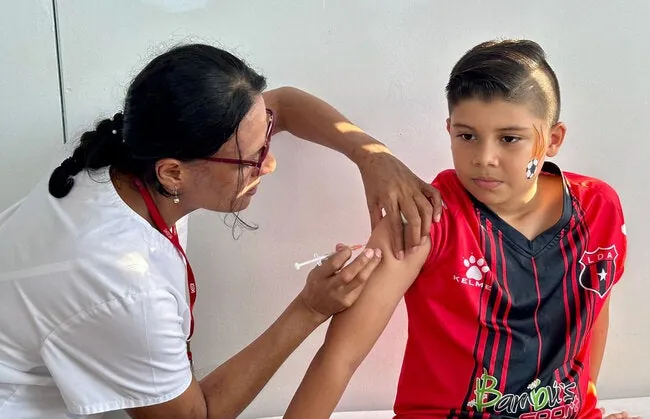
Alarm Bells Ring for Avian Flu: B.C. Teen's Case Unveils Potential Human Transmission Risk
2025-01-03
Author: Benjamin
Alarm Bells Ring for Avian Flu: B.C. Teen's Case Unveils Potential Human Transmission Risk
In a startling revelation, health experts are sounding the alarm over a recent case of avian flu that struck a 13-year-old girl in British Columbia. This alarming incident may signify possible mutations in the virus, which could enhance its ability to infect humans. Experts emphasize that the treatment approach taken can provide crucial insights for future medical responses.
Canadian health authorities published a letter this week in The New England Journal of Medicine, detailing the viral changes detected in samples taken from the infected teen, who was hospitalized in Vancouver. Initially admitted with respiratory failure and pneumonia on November 8, the girl's condition was serious enough to warrant time in a pediatric intensive care unit. Fortunately, her health has since improved, and on December 18, she was taken off supplemental oxygen. However, she remains hospitalized at BC Children’s Hospital.
The teen's saga began on November 4, when she presented to the emergency room with symptoms including fever and conjunctivitis. Just eight days later, genetic testing revealed that the virus had undergone three significant mutations that enhance its ability to penetrate human respiratory cells and replicate within them—a worrisome finding, according to experts.
Dr. Brian Conway, the medical director of the Vancouver Infectious Diseases Centre, highlighted the implications of these mutations, stating, 'These changes might increase how effectively the virus binds to human airway receptors, which is a key factor in the potential for human infection.' This development is particularly concerning, as the 13-year-old's case marks the first human infection of H5N1 in Canada.
Globally, human infections of avian flu are rare and typically result from direct contact with infected birds. Notably, there have been limited instances of human-to-human transmission, with the B.C. case and a severe case in Louisiana both lacking evidence of such interactions. Dr. Jesse Papenburg, a pediatric infectious diseases specialist, reiterated that the risk to the general population remains low, especially for those outside the poultry industry, as there have been no secondary infections reported from either case.
The medical response to this case was groundbreaking; the young patient received a combination of all three approved antiviral treatments for avian flu—neuraminidase inhibitors, amantadine, and baloxavir—alongside standard care such as intubation. Dr. Tim Uyeki, the chief medical officer for the CDC’s influenza division, noted that this is the first known instance of such a triple treatment regimen for H5N1. While the girl's recovery is encouraging, experts caution against drawing broad conclusions from a single case, especially given the small number of H5N1 human infections reported.
Currently, the CDC has documented 66 human cases of avian flu in the U.S., predominantly in California. Dr. Uyeki expressed hope that the approaches developed through this case could guide treatment protocols for future avian flu patients, although he acknowledged that mortality among children due to influenza is quite rare.
As the world grapples with the ongoing threat of infectious diseases, the B.C. teen’s case serves as a vital reminder of the need for vigilance. Health officials are committed to closely monitoring any virus changes that could pave the way for human-to-human transmission, ensuring that public health responders remain prepared for any potential outbreaks in the future.









 Brasil (PT)
Brasil (PT)
 Canada (EN)
Canada (EN)
 Chile (ES)
Chile (ES)
 Česko (CS)
Česko (CS)
 대한민국 (KO)
대한민국 (KO)
 España (ES)
España (ES)
 France (FR)
France (FR)
 Hong Kong (EN)
Hong Kong (EN)
 Italia (IT)
Italia (IT)
 日本 (JA)
日本 (JA)
 Magyarország (HU)
Magyarország (HU)
 Norge (NO)
Norge (NO)
 Polska (PL)
Polska (PL)
 Schweiz (DE)
Schweiz (DE)
 Singapore (EN)
Singapore (EN)
 Sverige (SV)
Sverige (SV)
 Suomi (FI)
Suomi (FI)
 Türkiye (TR)
Türkiye (TR)
 الإمارات العربية المتحدة (AR)
الإمارات العربية المتحدة (AR)